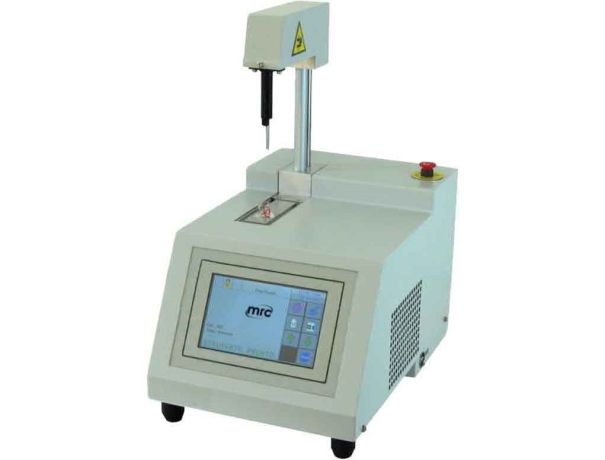A Laboratory Milk Analyzer is a specialized device used in dairy laboratories to analyze the composition and quality of milk. It measures various parameters such as fat content, protein, lactose, solids-non-fat (SNF), and sometimes even somatic cell count, acidity, and water content. These analyzers work on principles like infrared spectroscopy, ultrasound, or conductivity, allowing for rapid and precise results.The function of the milk analyzer is to make quick analyses of milk on fat (FAT), non-fat solids (SNF), proteins, lactose and water content percentages, temperature (oС), pH, freezing point, salts, conductivity as well as density of one and the same sample directly after milking, at collecting and during processing.
Measuring parameters found in milk analyzers:
FAT– 0.01% - 25% SNF – 3% - 15% Density – 1015 –1040kg/m3 Proteins – 2% - 7% Lactose – 0.01% - 6% Water content – 0% - 70% Temp. of milk – 1°C–40°C | Freezing point -0.400 –0.700°C Salts – 0.4 – 1.5% PH - 0 – 14 ±0.05% (option) Conductivity - 3 – 14 [mS/cm] ±0.05% (option) Total solids - 0 –25% ±0,17(option) |
The primary purposes of a milk analyzer are to:
- Ensure quality control in milk production.
- Help dairy farmers and producers optimize the composition of milk for various products like cheese, butter, or yogurt.
- Detect adulteration or dilution of milk.
- Assist in pricing milk based on its quality and composition.
What Are Application
The applications of a Laboratory Milk Analyzer are diverse and important in the dairy industry. Some key applications include:
Quality Control:
Analyzers help maintain the quality of milk by accurately measuring components like fat, protein, and lactose. This ensures that the milk meets regulatory standards and consumer expectations.
Milk Pricing:
Dairy producers often use milk analyzers to determine the quality and composition of milk, which influences how milk is priced. Higher-quality milk with more fat or protein content can fetch a higher price.
Dairy Product Formulation:
These analyzers assist in optimizing milk for different dairy products like cheese, butter, yogurt, and ice cream by providing precise data on its composition, enabling better product formulation.
Adulteration Detection:
Milk analyzers can detect water addition or other adulterants that may affect milk quality, ensuring safety and purity for consumers.
Research and Development:
In laboratories, milk analyzers are used for scientific research to study milk properties, enhance breeding programs, or develop new dairy products.
Animal Health Monitoring:
In some cases, milk composition analysis helps monitor the health and diet of dairy animals, as changes in milk composition can reflect health issues or dietary deficiencies in cows or goats.
Regulatory Compliance:
They are used to ensure that milk and dairy products comply with food safety standards and regulations by providing accurate and reliable data.
